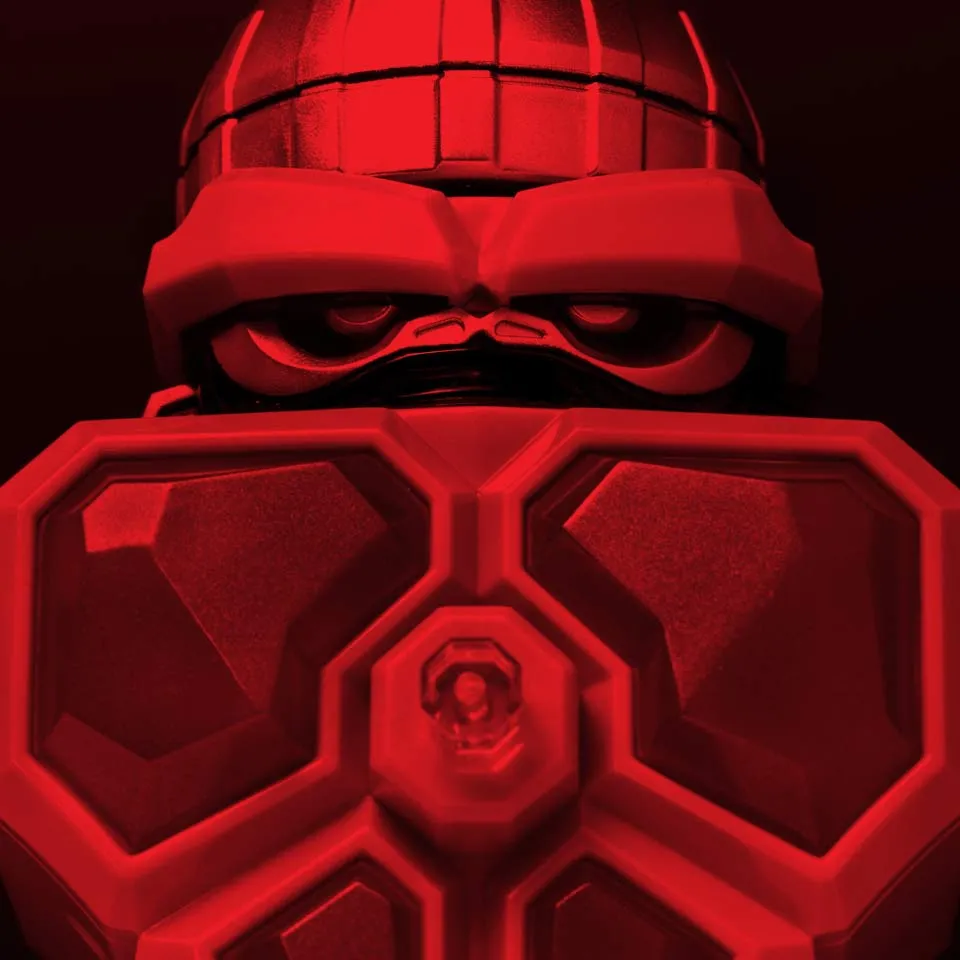Crisálidas (Chrysalises)
Article in the Exhibition Catalogue GOLEM
Jorge Gil
People have used different kinds of dolls and puppets as a means of representation since the beginning of history. We have always projected onto dolls not only our yearnings, ideals, and desires, but also our phobias and our darkest fears, or have represented ourselves in them.
That may be because the doll is an object we appropriate in childhood, investing it with emotional meaning. Perhaps this is why the doll is closer to us human beings than a sculpture, however beautiful or realistic, can ever be.
There are countless examples of doll-beings that moved beyond the space of childhood to inspire artists, writers, poets, and filmmakers—becoming a powerfully effective artistic medium.
One particularly compelling case, which has captured the imagination of so many artists and always fascinated me as well, is the legend of the golem. Specifically, what interests me about the golem is its balance between two diametrically opposite ideas: the construction and simultaneously destruction of an artificial being; the articulation of a duality between the hero and the antihero.
Analyzing the figure of the golem as an artificial being, as Homo artificialis, we will discover that the golem is situated right on the borderline between doll and human being. I like to think of this duality as a little limbo in which all ideas are in abeyance, suspended in an equilibrium of two sometimes contrary, sometimes complementary pieces.
When I began work on the installation Crisálidas, I was very much aware that this duality inheres in the chrysalis—the butterfly pupa. It is nothing other than a passage between two states of one and the same being: that of the larva and that of the butterfly. It is a phase of waiting, of repose; it might be seen as a moment when one is neither completely alive nor completely dead, as a kind of sleep, somewhat like the pre-"robot" made of clay before the Rabbi breathes life into it, activating or deactivating it with an incantation.
The creation of Crisálidas also owes much to another association: a doll from my childhood, a stuffed toy called Gusiluz that was manufactured in Spain in the 1980s. Gusiluz was a worm with human features, whose face glowed at night. It fulfilled the same function as the Guatemalan worry dolls that help children fall asleep and soothe their fear of the dark.
These guardians of the night, like the golem, protect the creatures around them at their most vulnerable. They, too, move within the sphere of duality, at the frontier between the monstrous and the heroic, the animate and the inanimate, the living and the dead.
The artist Jorge Gil lives in Spain. His sculptures and installations explore many different aspects of the human condition, including identity and individuality, vulnerability and loss. They culminate in the question of what it actually means to be a human being. As his means of representation, Gil favors dolls, puppets, mannequins, automata, and silhouettes that substitute for the subject.
Translated by Kate Sturge
Crisálidas Jorge Gil, Spain, 2009 Mixed media: synthetic resin, nylon, plush, 60 x 50 x 35 cm (components)
Citation recommendation:
Jorge Gil (2016), Crisálidas (Chrysalises). Article in the Exhibition Catalogue GOLEM.
URL: www.jmberlin.de/en/node/4694

Online Edition of the GOLEM Catalog: Table of Contents
The Golem in Berlin: Introduction by Peter Schäfer
Chapter 1
- The Golem Lives On: Introduction by Martina Lüdicke
- My Light is Your Life: Text by Anna Dorothea Ludewig
- Avatars: Text by Louisa Hall
- The Secret of the Cyborgs: Text by Caspar Battegay
Chapter 2
- Jewish Mysticism: Introduction by Emily D. Bilski
- Golem Magic: Text by Martina Lüdicke
- Golem, Language, Dada: Text by Emily D. Bilski
Chapter 3
- Transformation: Introduction by Emily D. Bilski
- Jana Sterbak’s Golem: Objects as Sensations: Text by Rita Kersting
- Current page: Crisálidas (Chrysalises): Text by Jorge Gil
- Rituals: Text by Christopher Lyon
- A Golem that Ended Well: Text by Emily D. Bilski
- On the Golem: Text by David Musgrave
- Louise Fishman’s Paint Golem: Text by Emily D. Bilski
Chapter 4
- Legendary Prague: Introduction by Martina Lüdicke
- Golem Variations: Text by Peter Schäfer
- Rabbi Loew’s Well-Deserved Bath: Text by Harold Gabriel Weisz Carrington
Chapter 5
- Horror and Magic: Introduction by Martina Lüdicke
- Golem and a Little Girl: Text by Helene Wecker
- The Golem with a Group of Children Dancing: Text by Karin Harrasser
- Bringing the Film Set To Life: Text by Anna-Carolin Augustin
- Golem and Mirjam: Text by Cathy S. Gelbin
Chapter 6
- Out of Control: Introduction by Emily D. Bilski
- Golem—Man Awakened with Glowing Hammer: Text by Arno Pařík
- Dangerous Symbols: Text by Charlotta Kotik
- Be Careful What You Wish For: Text by Marc Estrin
Chapter 7
- Doppelgänger: Introduction by Martina Lüdicke
- From the Golem-Talmud: Text by Joshua Cohen
- Kitaj’s Art Golem: Text by Tracy Bartley
- The Golem as Techno-Imagination?: Text by Cosima Wagner
See also
- GOLEM: 2016, online edition with selected texts of the exhibition catalog
- GOLEM: 2016, complete printed edition of the exhibition catalog, in German
- Golem. From Mysticism to Minecraft: Online Feature, 2016
- GOLEM: Exhibition, 23 Sep 2016 to 29 Jan 2017
